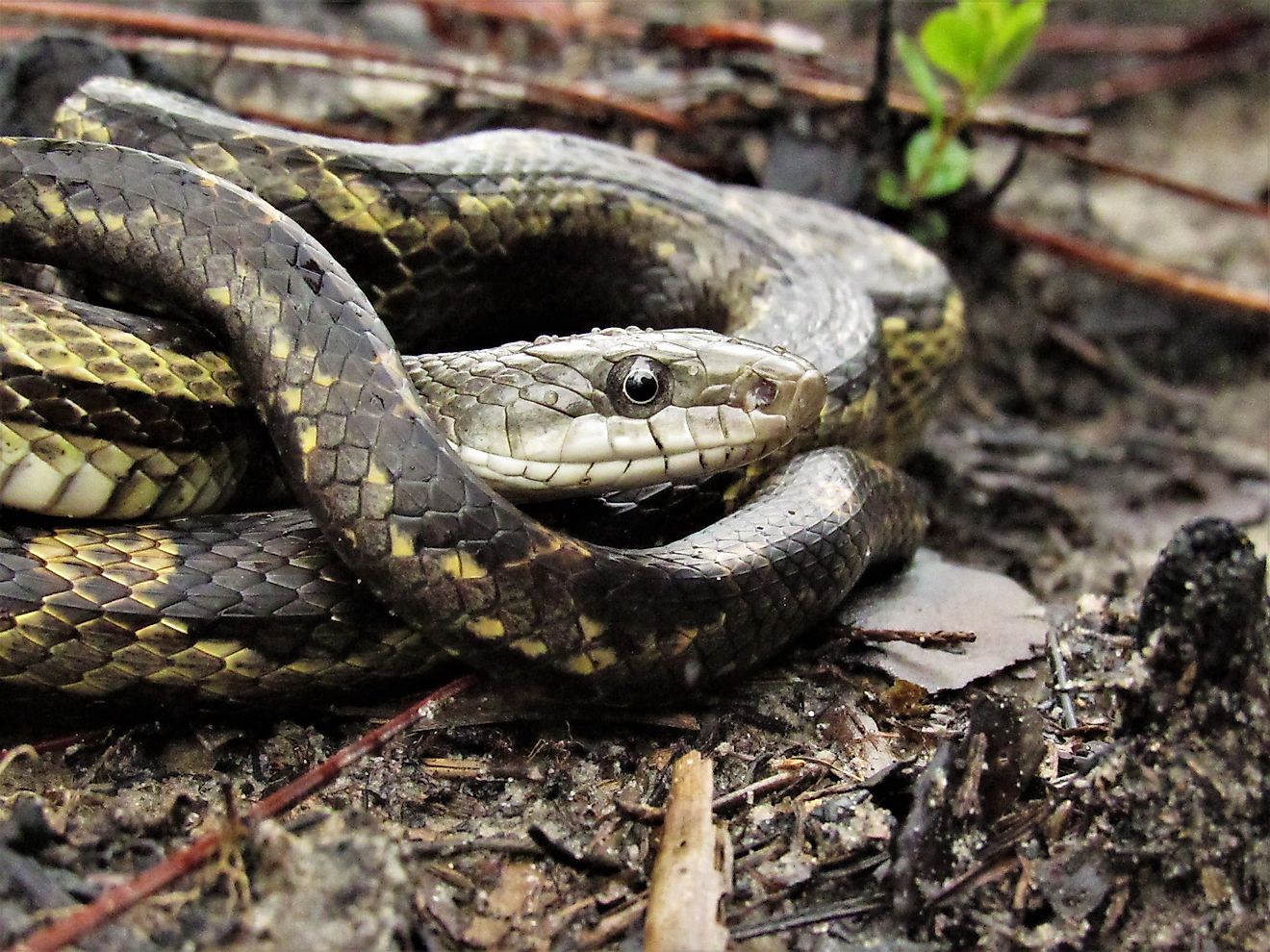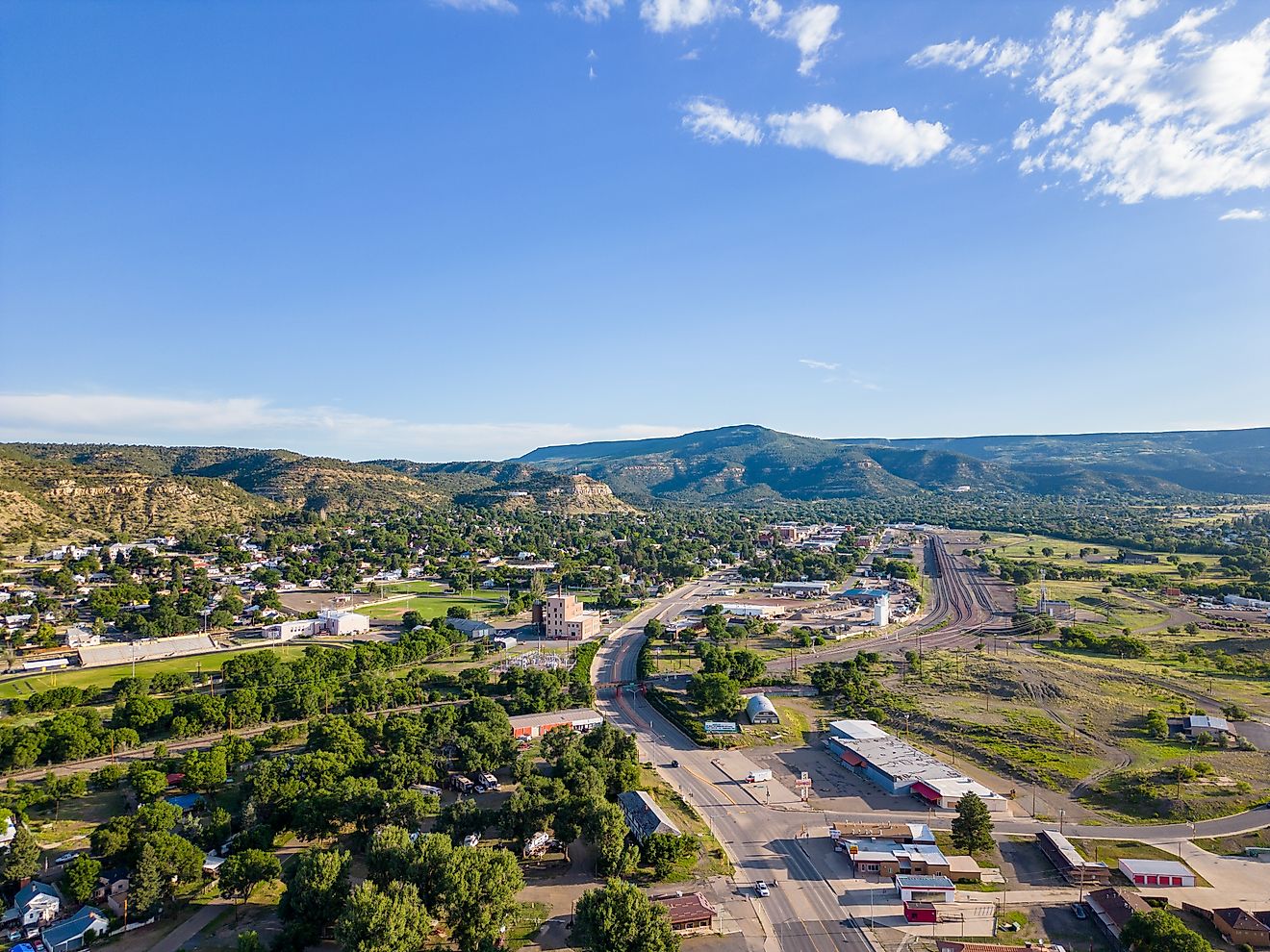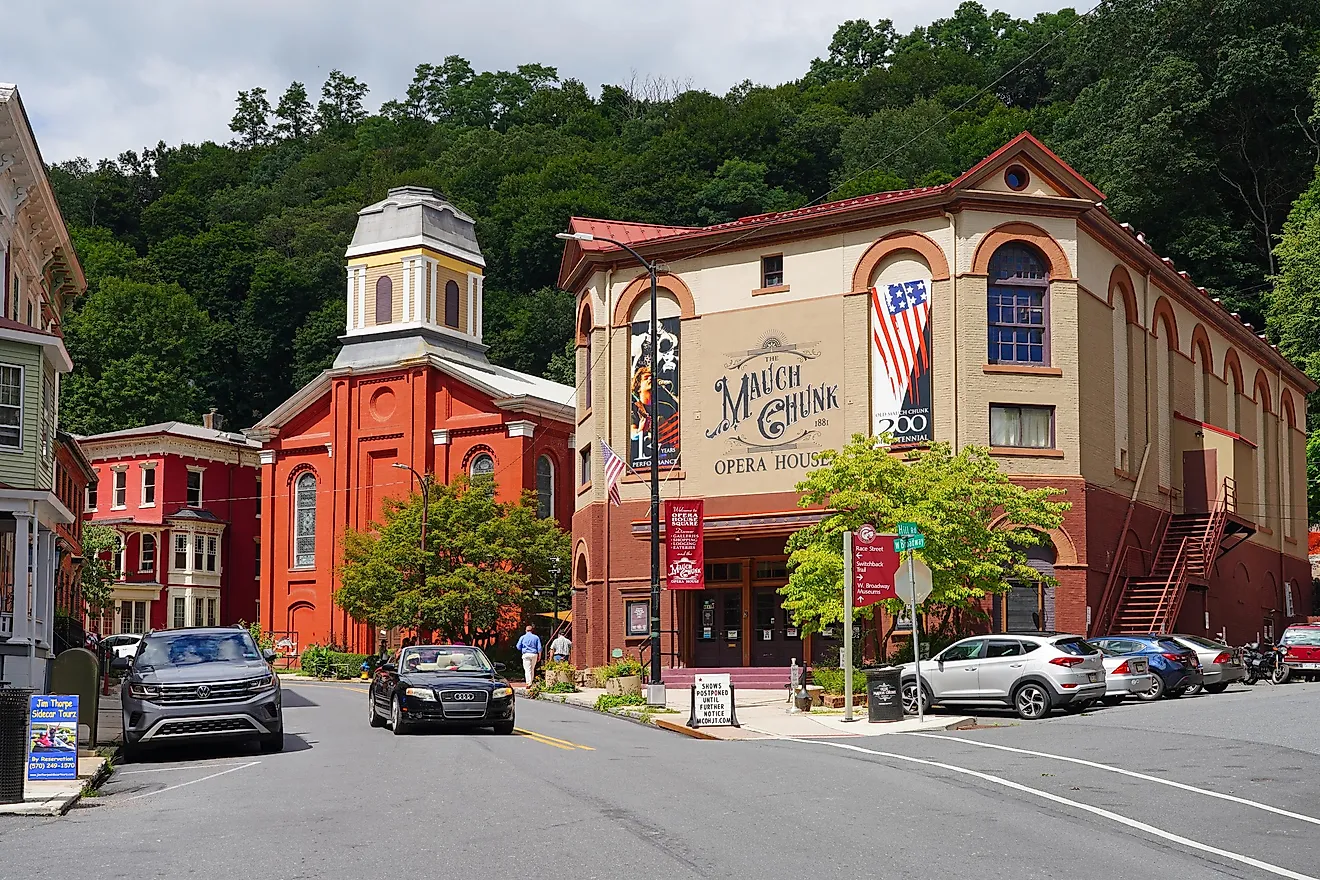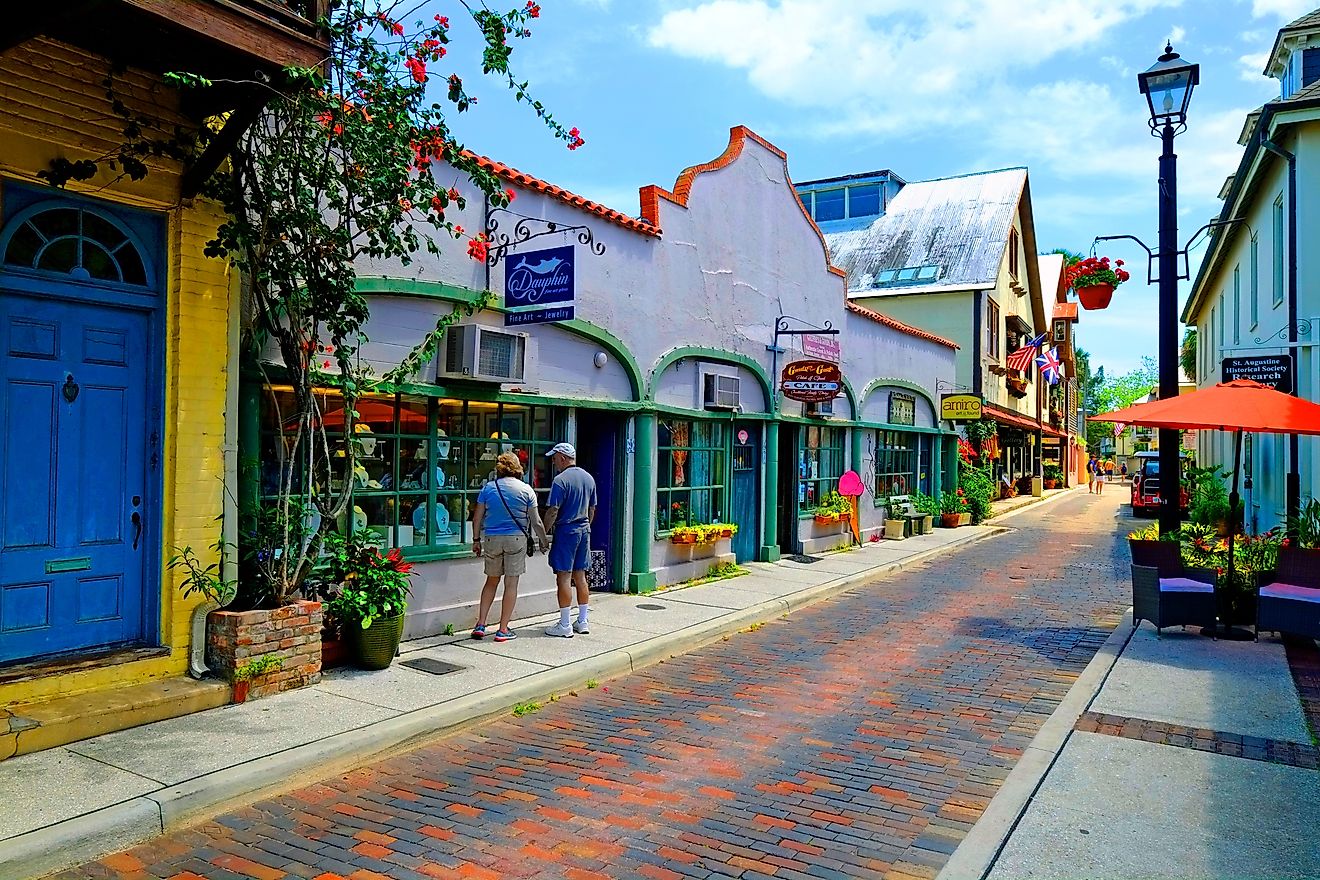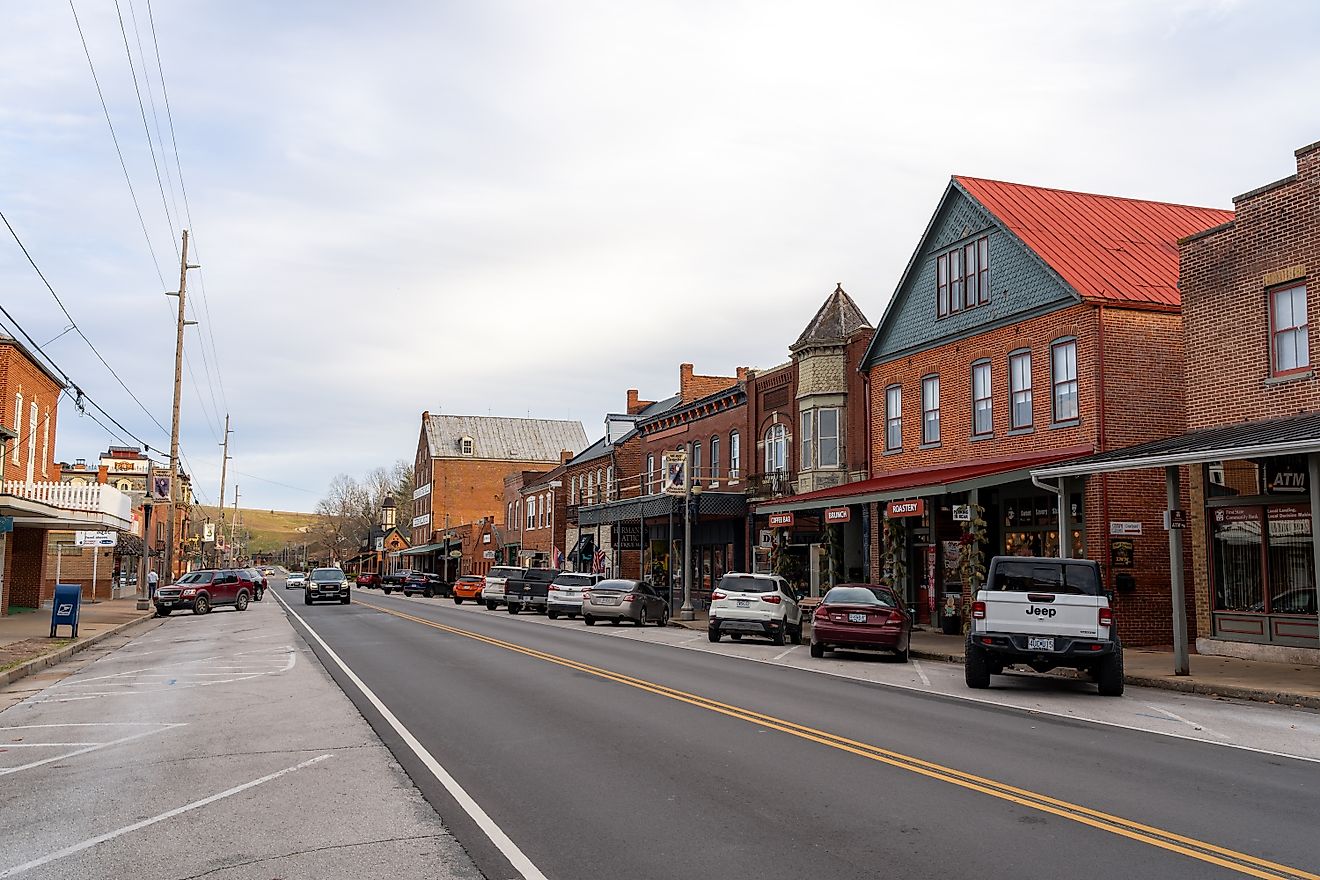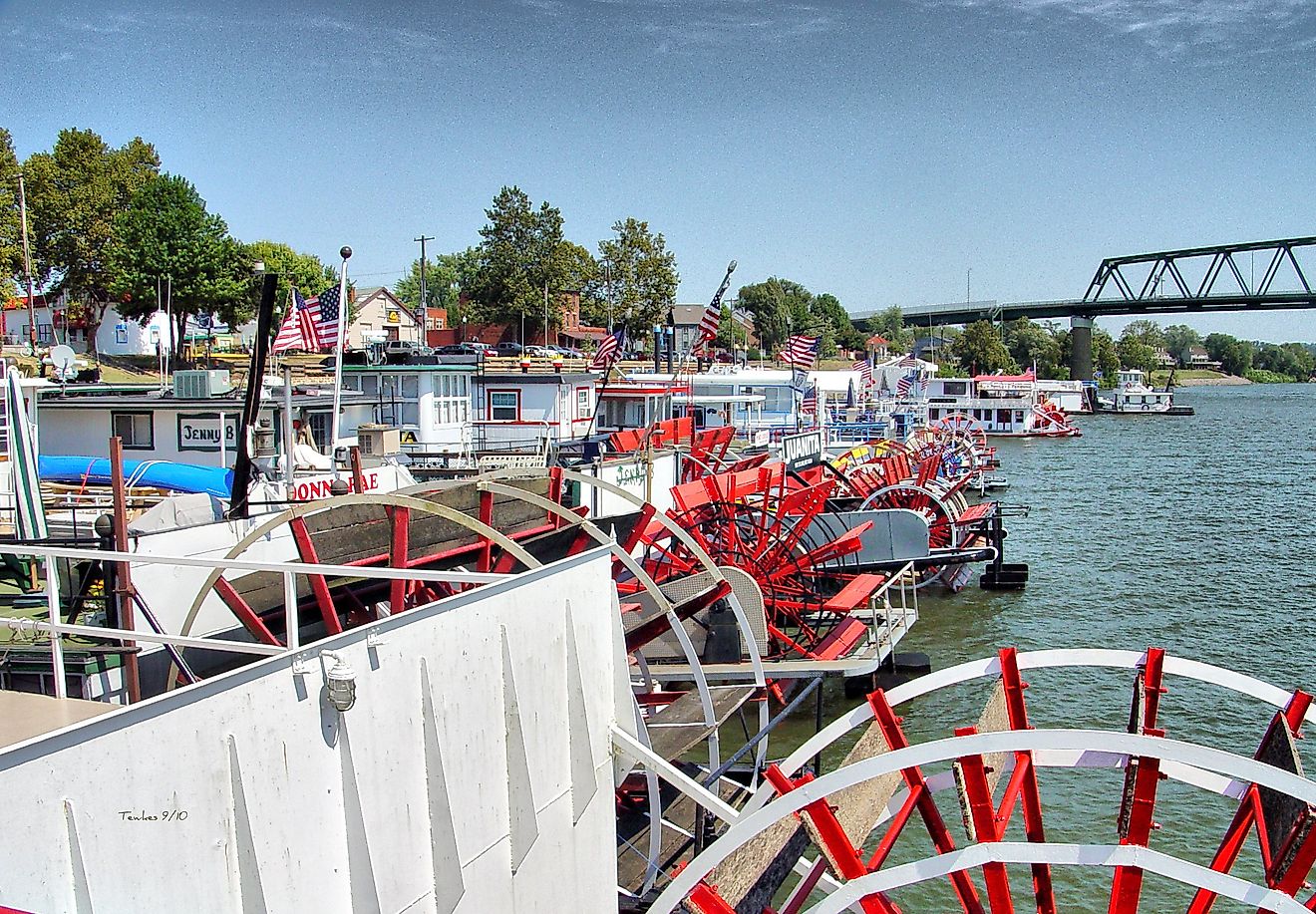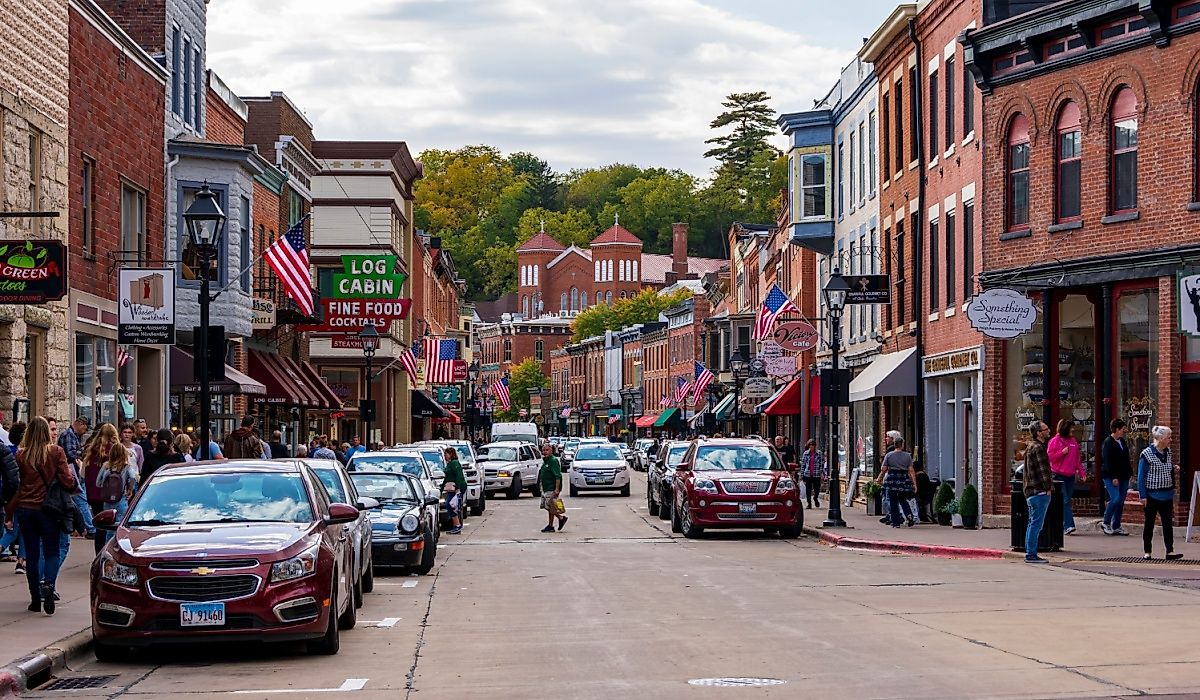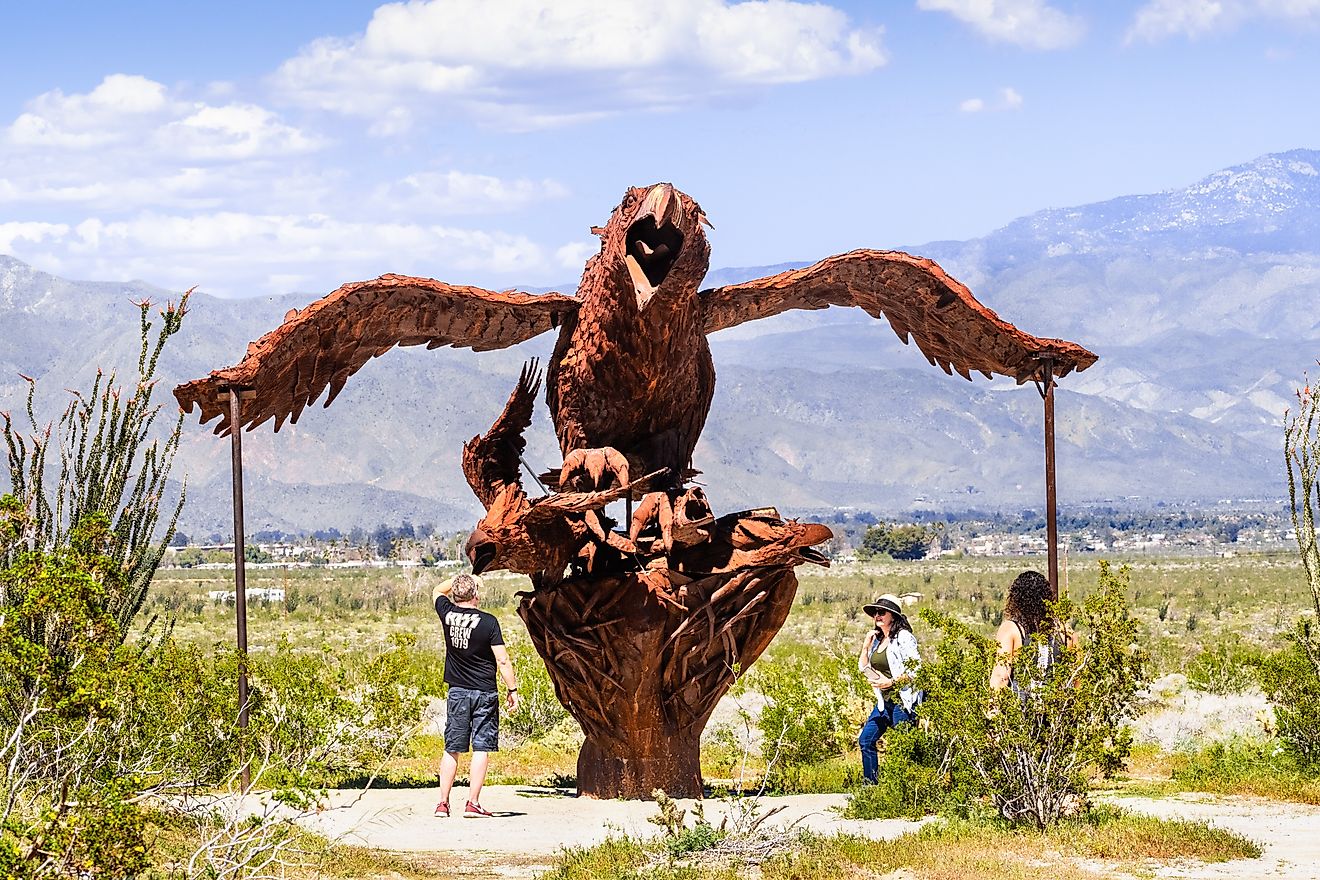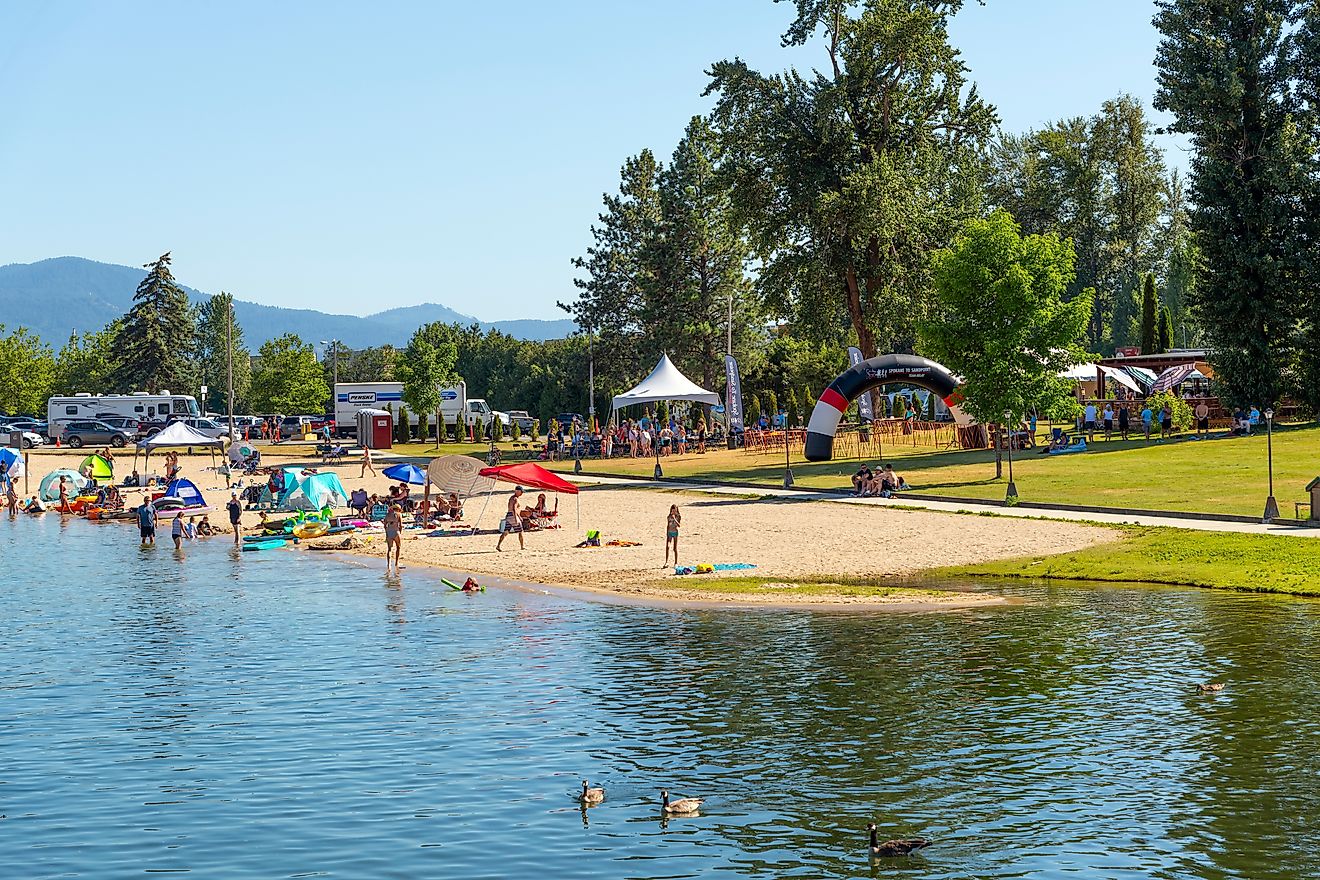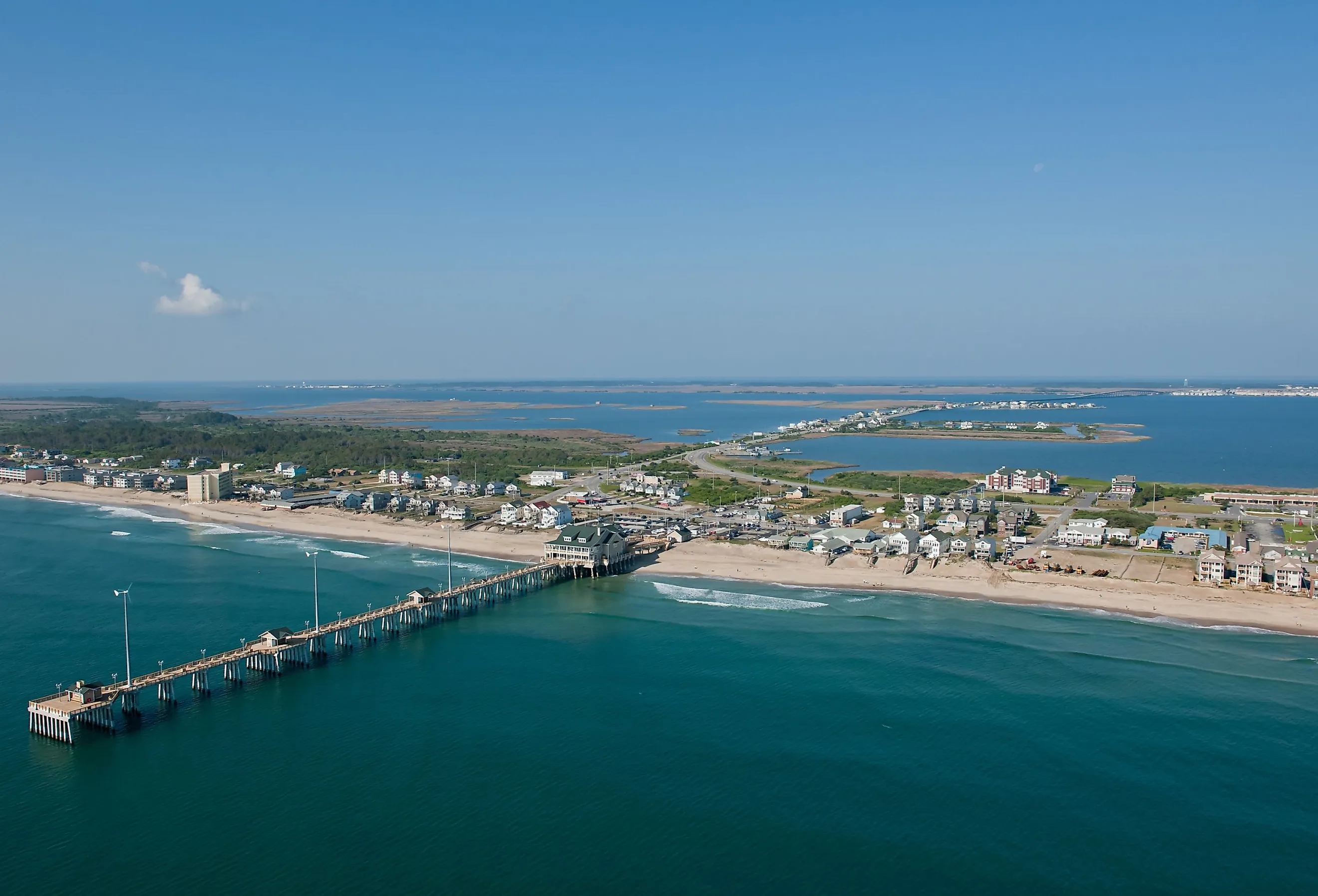
Outer Banks
Recently receiving loads of attention thanks to the popular Netflix series "Outer Banks," this unique and gorgeous region of the eastern United States comprises a string of interesting barrier islands spanning from stunning North Carolina to beautiful southeastern Virginia. This distinctive region, commonly called the "OBX" is home to relaxing beaches, important biodiversity zones, small communities, tourist towns, and famous cultural sites such as the historic Roanoke Colony on Roanoke Island where the first English person was born in the US.
Geography of the Outer Banks
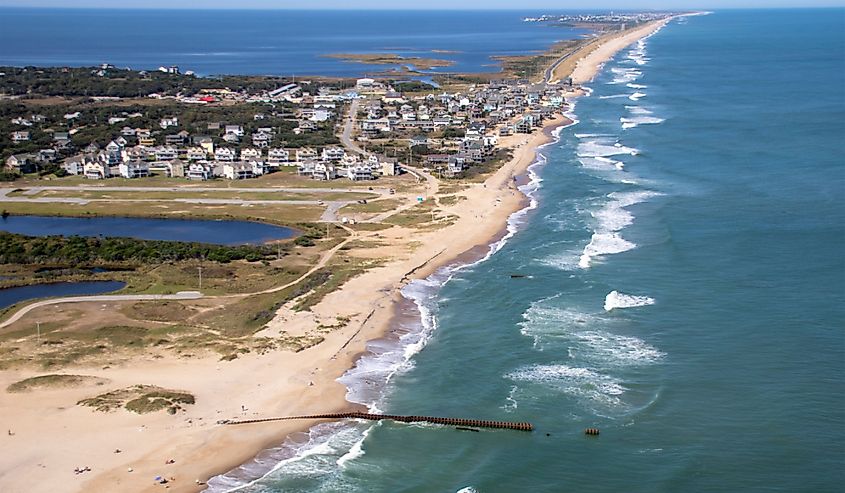
The Outer Banks spans an impressive 200 miles along the ravishing east coast of the United States all the way from Back Bay, Virginia to Cape Lookout, North Carolina. The string of barrier islands separates the lagoons and estuaries of Albemarle Sound, Pamlico Sound, and Currituck Sound from the grand and astonishing Atlantic Ocean. This one-of-a-kind region is famous for having an expansive beachfront, making it the perfect destination for tourists, retirees, and others looking to live near the ocean.
Mainly comprised of sand, the Outer Banks, unlike most other islands, do not have a keel of rock to anchor them. This means significant beach erosion is common, especially during major storms. The Outer Banks are the most hurricane-prone region north of the southeastern state of Florida. One grand example of the devastation a hurricane can cause to the island was when Hatteras Island was chopped in two on September 18, 2003, when the strong Hurricane Isabel washed a grand 2,000 feet (600 m) wide and 15 feet (5 m) deep channel now referred to as the Isabel Inlet through the close-knit community of Hatteras Village on the southernmost end of the quaint island.
Three very important state highway bridges connect the Outer Banks to the North Carolina mainland. Wright Memorial Bridge connects Point Harbour and Kitty Hawk. This is the oldest bridge in the Outer Banks, built in 1930 and renovated in 1966. The second oldest is William B. Umstead Bridge built in 1957 connecting Manns Harbour, to Manteo on Roanoke Island. The youngest bridge of the three connects the US 64 Bypass between the town of Manns Harbor and the great Roanoke Island between the town of Manteo and Wanchese. The smaller bridge named Melvin R. Daniels Bridge carries US 64 between the famous Roanoke Island and tourism popular Nags Head. These bridges caused a huge shift and renaissance for the Outer Banks, ending hundreds of years of isolation and catapulting tourism.
The Islands of the Outer Banks
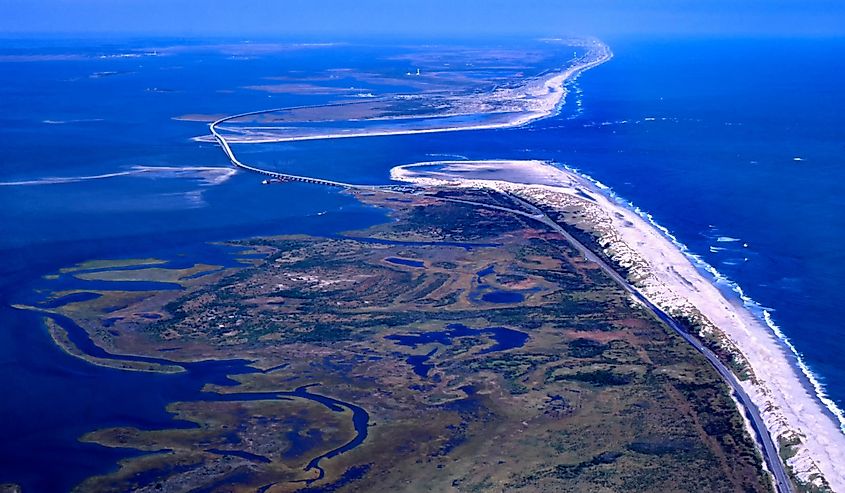
There are three main islands in the Outer Banks, the northernmost being the Northern Beaches. This includes lovely beach communities such as Duck, Nags Head, and Oregon Inlet. The next island is the famous Roanoke Island, which is the location of the disappearance of the Roanoke Colony and is mentioned in the popular TV Series American Horror Story, Roanoke. This fascinating island is home to the miniature yet booming town of Manteo. At the end of this roster of three islands is the southernmost island of Hatteras Island which is home to Cape Hatteras National Seashore and a wonderful assembly of seven villages. This area is much more rustic and natural.
Climate of the Outer Banks
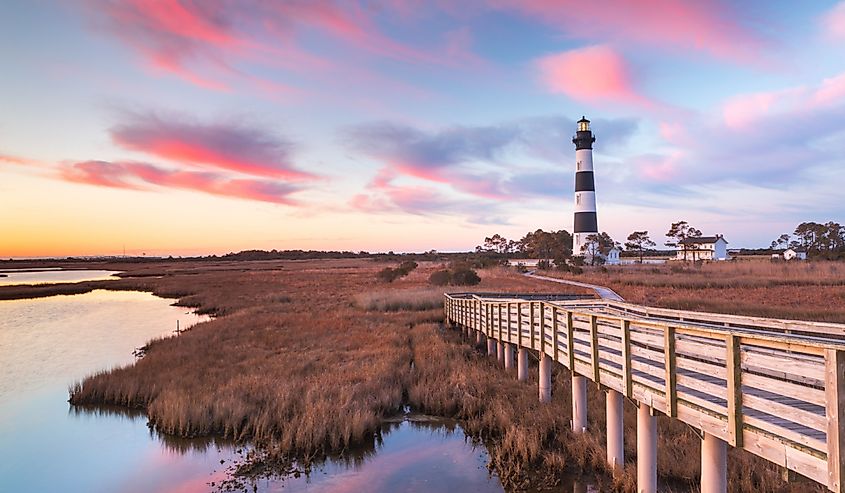
Due to the unique location not far out from the eastern seaboard into the Atlantic Gulf Stream, this collection of islands and small beach communities has an unfortunate disposition to hurricanes, the highest north of Florida. Despite this, the Outer Banks is home to a humid subtropical climate and is a popular destination due to its kinder winters than the mainland. Winters generally range from 30°F to 50°F but receive large amounts of wind, making the islands sometimes as cold as the mainland. Summers on the other hand offer the opposite effect, as due to the close proximity the islands have to water, they end up being cooler than the mainland due to wind.
A Brief History of the Outer Banks
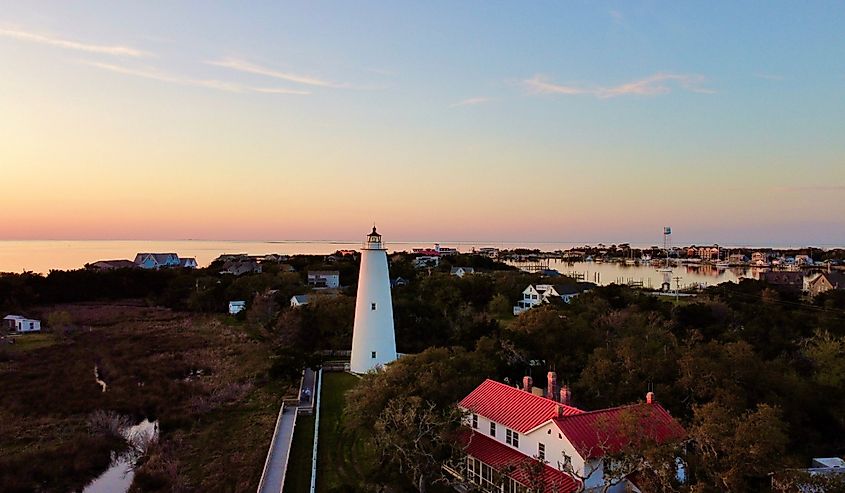
The Outer Banks were originally inhabited by the indigenous peoples of the Chowanoke, Secotan, and Poteskeet nations who spoke the Algonquin languages. Unfortunately, due to European diseases spreading to the indigenous locals not exposed to such diseases before, there was a decrease in the important and respectable indigenous population. Another notable point of history is the bloody sea battle. After being lured ashore by troops from Virginia, the world Famous pirate Black Beard was killed in the year 1718 on the shores of Ocracoke.
The Outer Banks is a very culturally unique area due to its long-term isolation from the mainland, US, due to the fact that the only form of transportation to the Outer Banks was by boat and was not exposed to high volumes of tourism in its earlier eras. This has given the historic locals a very distinctive accent that is oftentimes confused with an English accent. The early, long-term residents of the Outer Banks, descendants of English colonists, were not exposed to the same linguistic adaptation as mainland Americans, thus almost leaving the accent of some residents at a standstill. This accent is oftentimes referred to as brogue.
Population of the Outer Banks
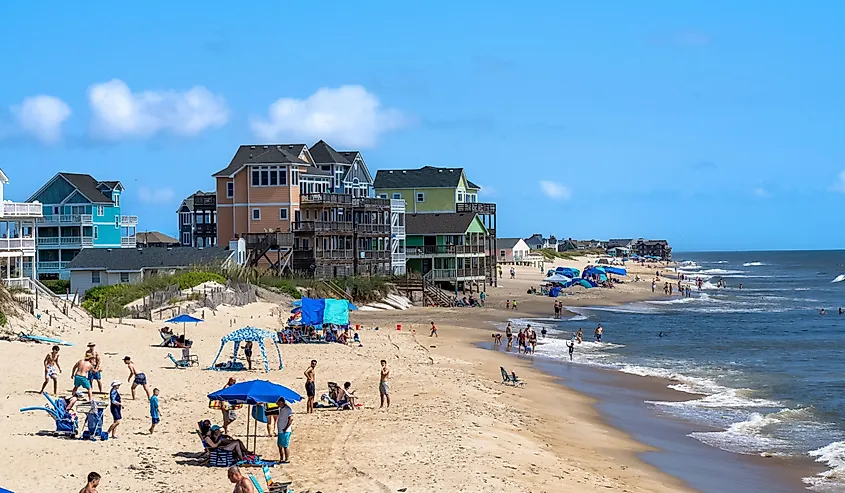
It is difficult to pinpoint exactly how many people live across the islands of the Outer Banks. Dare County alone is home to 37,826 people year-round, Currituck County at 29,653 people all year long, the smaller Hyde County has 4,589 permanent residents, and the largest county is Carteret at 68,541 long-term residents living in the OBX all year round. The Outer Banks are not as diverse as many other areas of the US but are still a welcoming area with populations from a variety of backgrounds, with the majority of towns like Kill Devil Hills being 85.9% white, 2.9% African American or Black, 0.3% Indigenous American, 0.9% Asian, 0.0% Pacific Islander, 5% two or more races, and 12.4% Hispanic or Latino. There are also a large number of retirees living on the island full-time.
Economy of the Outer Banks
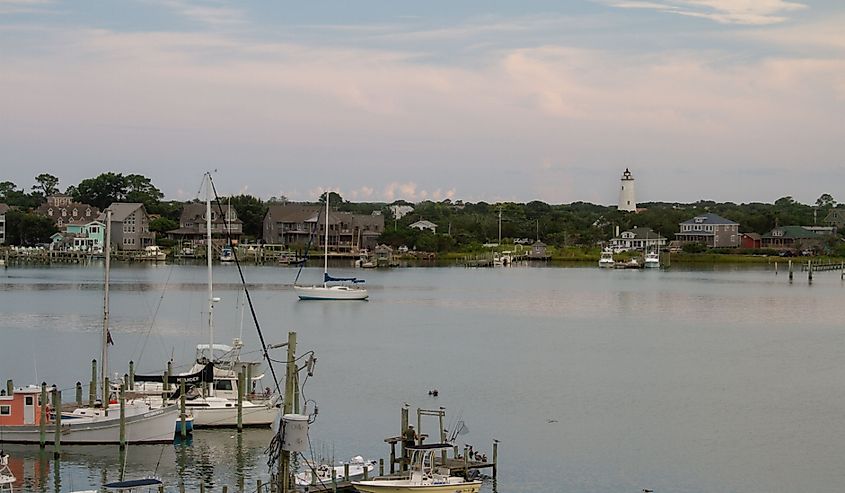
With such immense beauty within the spectacular Outer Banks, a major industry in this awe-inspiring group of islands is the highly profitable tourism industry. With tourism making major feats on the islands in the 1990s, tourism has become a huge driver in the booming economy of the Outer Banks, drawing in loads of retirees. However, despite how much tourism the Outer Banks witnesses every year, one of the most crucial industries is the commercial fishing industry which has been persistent in the islands for much longer than tourism and is much more solid and generational as it was the lifeline of many generational families in the region. Boat building is another substantial industry in the Outer Banks as well.
Activities in the Outer Banks
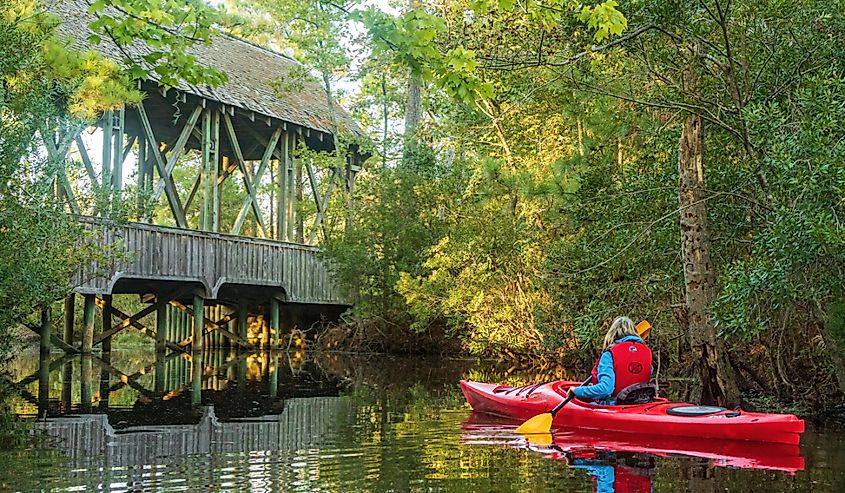
The Outer Banks is a popular tourist destination because it is a nature-oriented region. There are minimal flashy lights, big hotels, and chain attractions, something that can be overwhelming for visitors seeking tranquillity along the seaside. Although this proud collection of islands can reach up to half a million tourists a year, filling up beaches in the most popular towns, the Outer Banks are the perfect definition of laid-back tourism. However, this does not equate to boring, as there are so many amusing activities to take part in such as watersports like kayaking adventures, wild horse tours, hang gliding, historic walking tours, and much more!
Wildlife in the Outer Banks
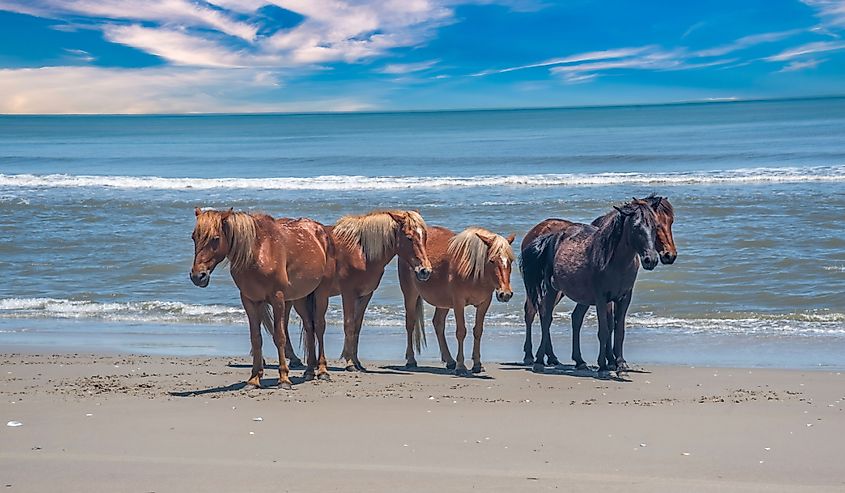
Within the ravishing beachy islands of the Outer Banks lives a variety of species that adds beauty to this unique geographical location. Some of these lovely species include various sea turtle species such as the leatherback, hawksbill, Kemp’s ridley, loggerhead, and green turtles most of whom nest in sandy mounds on the popular beaches of the Outer Banks, so be cautious when walking the shores! Other species include dolphins, wild horses, wild boars, wild hares, black bears, red wolves, mink, beavers, muskrats, bobcats, gray and red foxes, deer, and even alligators. Some fascinating sea species include horseshoe crabs, sea purses, jellyfish, stingrays, starfish, and bird species such as pelicans and beautiful sandpipers.
